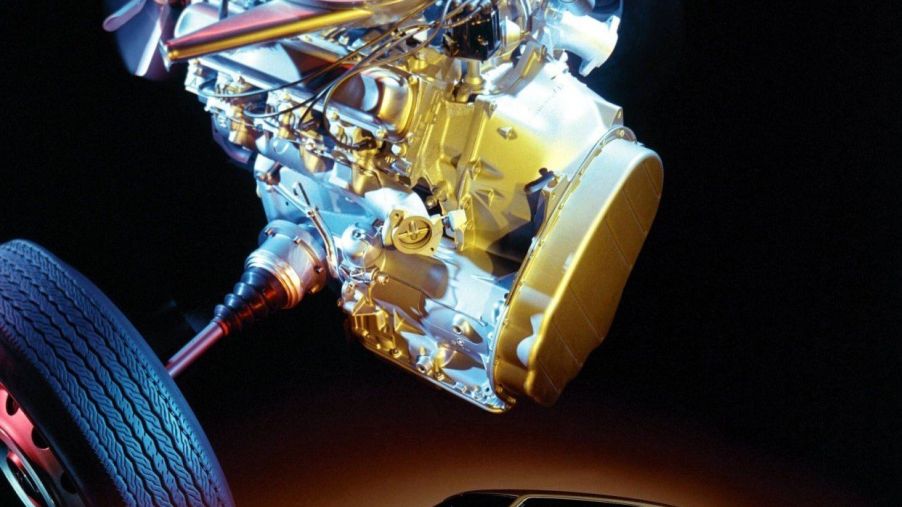
Why Are So Many Cars Front Wheel Drive?
There are many reasons why there are so many front-wheel-drive cars. We’ll try to knock out what most of those reasons are. First some background. Front-wheel-drive has been around forever. It came into prominence in the US for racing with Harry Miller’s Indy 500 efforts in the early-1920s. In Europe, there were a number of manufacturers building cars with it.
The first front-wheel-drive car in the US was the revolutionary 1936 Cord. Considered a masterpiece of styling, it was also years ahead mechanically. The transmission was shifted by an air-shifter. You could pre-select your gear. When you needed it you depressed the clutch, it would clunk into the pre-selected gear, and when you lifted off of the clutch you were in that gear.
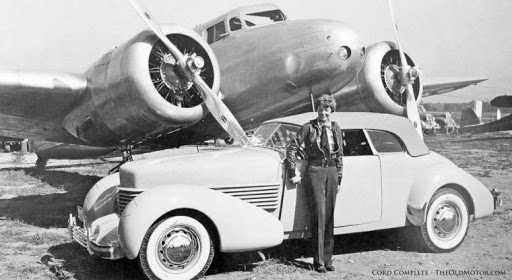
But the Cord was a novelty and sales failure. Available for two years before shutting down it only produced around 3,000 cars that included a sedan, convertible and convertible sedan. The front-wheel-drive unit was quirky. It would occasionally clunk, and the CV joints were prone to dry out, causing them to be replaced which was costly. The air-shift was also prone to repairs and adjustments. The Cord was not a car you could drive too far from a repairman. But they sure looked great.
By the 1960s front-wheel-drive started showing up on Japanese cars in the US

By the 1960s front-wheel-drive began showing up on Japanese cars. There were many reasons. First, it was cheaper to build. There were no issues with driveshaft balance because there was none. And, it could be much more of a compact package meaning you could design the car smaller than with a conventional layout because it took up less space. So it was more efficient and cars could then be made lighter, making them more nimble and economical in the process. And just like with the Volkswagen Beetle you could drop the whole drive package in a short amount of time. This made for easy access to repair or replace.
GM became the first to develop a front-wheel-drive package in the US after WWII with the 1966 Toronado. Following on the heels of that, the 1967 Cadillac Eldorado used the same platform. But both were done for what seemed more like a novelty than for anything gained. And these were massive cars. The Eldo ran a 472 ci V8 which soon made way for a 500 ci engine a few years later.
The GM-developed front-wheel-drive unit worked off of a giant chain
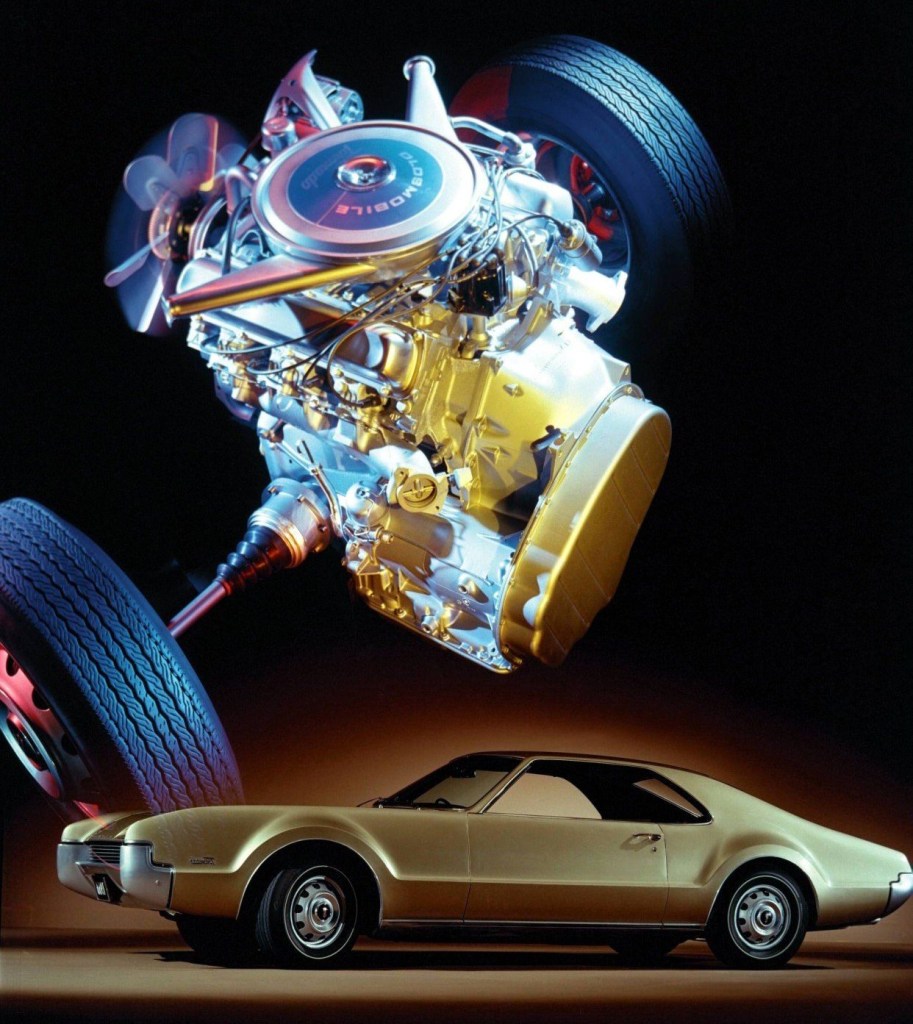
The GM front-drive unit worked off of a giant chain, hung onto the transmission that transferred the driving momentum to half shafts. The setup was so stout the same package was used for a GM-engineered and sold motorhome. It too was revolutionary. It was sold from 1973-1978. Almost 13.000 of these were made.
But GM didn’t quite get it. Its front-wheel-drive excursions were more exploratory than for anything like the Japanese were doing. GM began losing vast market share as it entered the 1970s. So it developed a more universal front-wheel-drive package as a response. But it wasn’t for the reasons one would expect.
GM shifted to front-wheel-drive in the 1970s for perception
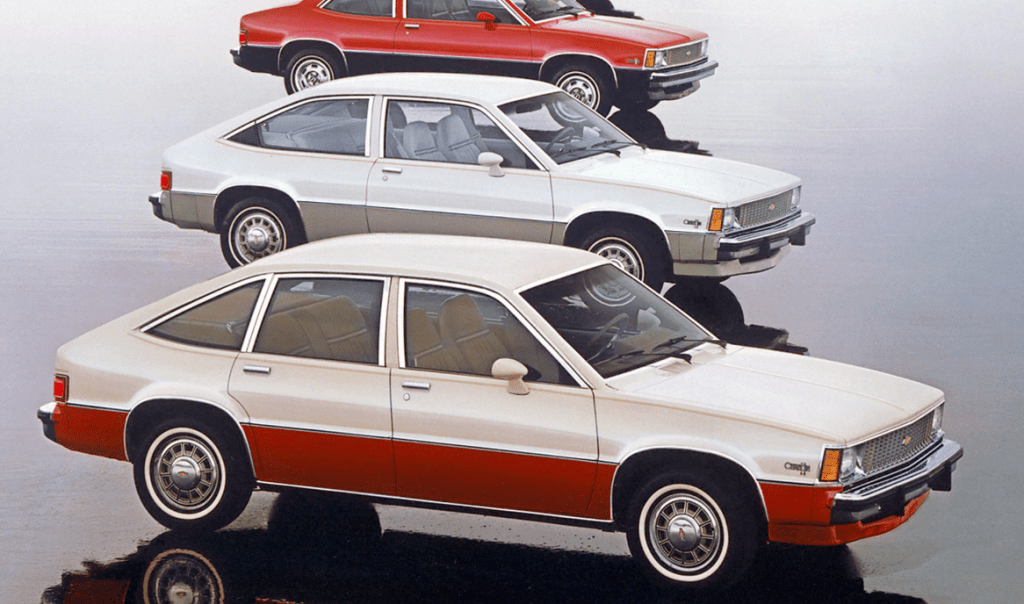
When GM converted over to front-wheel-drive for the majority of its cars in the 1970s-1990s it was because of perception. GM and all US car manufacturers, as well as a lot of European manufacturers too, had developed rear-wheel-drive to high levels. Corvette had gone so far as to offer an independent rear suspension so the differential could be fixed to the chassis.
But GM felt there was a perception its products were old school because of rear-wheel-drive. All of the Japanese cars everyone was abandoning GM for had it, so GM presumed it needed it too. The problem was that the Japanese did it to make smaller, cheaper cars. When GM shifted to front-wheel-drive its cars remained very large and so they were very heavy. It wasn’t a good mix and cost GM billions in unnecessary costs. So, what’s new?
No one thought to go with front-wheel-drive for trucks
Anyway, there became a mix of front- and rear-drive for years after. While cars seemed to switch back and forth between the two, pickup trucks remained rear-wheel-drive. Front-drive caused too many handling and towing problems to be acceptable as an alternative. As all of the American companies followed GM’s lead no one transferred the technology to trucks.
So US-made cars became viewed as crappy appliances that were on the brink of being disposable. Japanese and European cars were not. The shift was major to the extent that cars have fallen from favor and pickups and SUVs reign.
None of the European luxury car makers felt the need to go front-wheel-drive
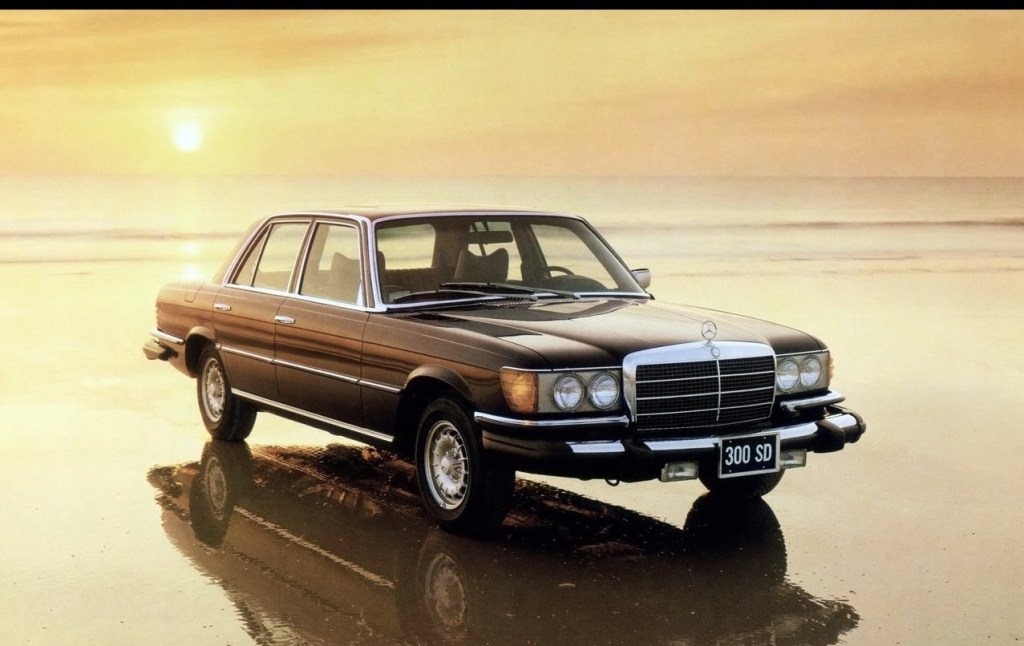
It’s also interesting to note that most of the luxury European makes like BMW and Mercedes-Benz stuck with rear-wheel-drive. If they went with front-wheel drive it was for the same reasons the Japanese did. But for its luxury makes it felt a rear-wheel-drive setup was a better solution. It makes one wonder if GM should have stayed with rear-wheel=drive and just put the money into engineering better cars? We’ll never know.
One last advantage to front-wheel-drive is that in snowy regions it handles better than a rear-drive unit. It won’t fishtail because the drive wheels are also the steering wheels. So there is a definite advantage to it based on where you’re from.



